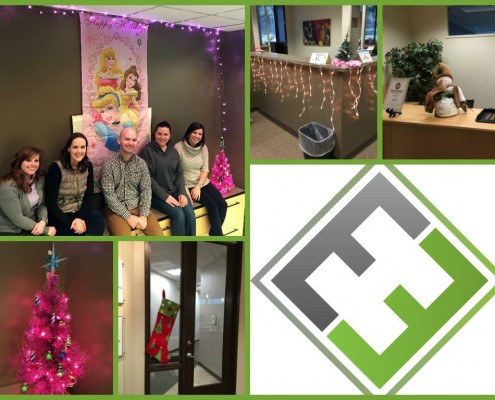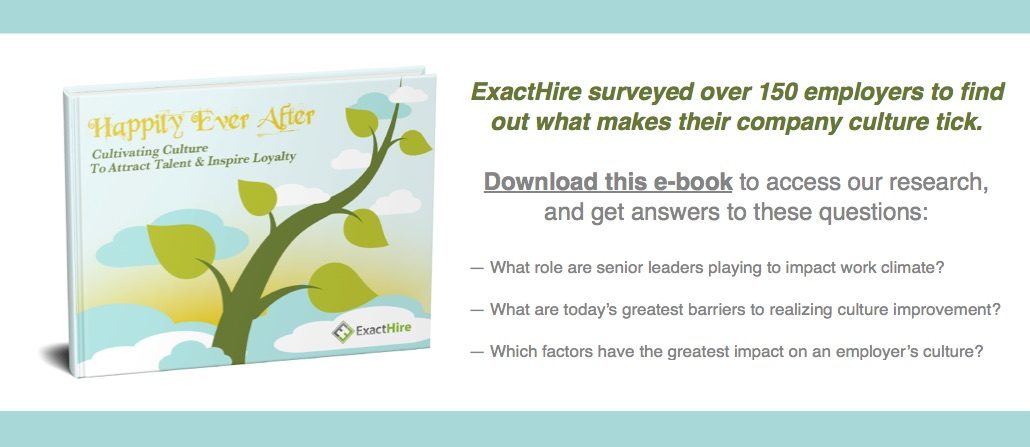The Unsung Benefits of Effective Employee Onboarding
Now that you have hired the employee who you envision to be part of your team for the long-term, how do you help ensure that this newest member of your team stays for that long-term? One way to help fulfill your prophecy is through effective onboarding.
Onboarding? Yes, onboarding! There are many facets of onboarding that encompass a smooth transition for newly hired employees, and which will benefit all parties involved. A new hire wants to feel informed, connected and valued. An organization wants team members who actively contribute and who fit well within the existing work culture. Both goals can be achieved and solidified through an effective onboarding process.
The first day for new hires should be geared towards bonding with their new team, learning first-hand what the new culture is like, and building rapport. Onboarding is not just a manager’s task; it is the responsibility of all team members within the organization itself to provide accurate information in an encouraging manner. Teammates need to welcome new hires and provide a climate of support for them during the acclimation time frame.
The Time in Between – Pre-Onboarding
In the immediate days after new hires accept an offer–and definitely before their first day–you should ensure that they complete many of the “to-do list” tasks that often bombard them on Day 1. Send new hires any packets, paper or paperless, that contain items like tax forms, personal data forms, and insurance registrations. They can review, complete and submit the information to HR before arriving to work. This will help them avoid a first day solely spent on documentation, while providing them with time to become acclimated to team policies and departmental/organizational expectations.
Keeping Connected – Onboarding Technology
Onboarding technology helps an organization keep in contact with new hires during the time between their offer acceptance and their official first days on the job. A lapse in communication between new hires and their managers at this critical time can potentially cause a big disconnect, which can be detrimental to relationships that must be developed between new employees and their teammates. Onboarding technology is also the most efficient means to continue promoting your organization’s employer brand that was introduced during the recruitment phase–especially for new hires that are working remotely on a full-time or part-time status.
Setting and Meeting Expectations
New hires have a lot on their minds. Whether they are recent graduates or seasoned workforce veterans, they will have acquired notions of what a workplace should be from their previous environments. They will bring these past mindsets along with them in the back, or possibly the forefront, of their minds when starting at a new place. The norms of the environment from which new hires come can affect the way they perceive and perform their tasks and acclimate within the new culture.
Since it is inevitable that some form of internal comparison will take place in the new employees’ minds, it is important for current team members to be cognizant of this as they interact with new hires. Having a component within the onboarding process that shares norms and expectations of your organization will give your manager and team the opportunity to communicate expectations, as well as learn more about the new hires’ past experiences.
Improving Your Onboarding Experience
Simply put, there are always additional means to improve a process whether it is part of the onboarding process or an organizational based procedure. Within each new hire’s onboarding process, solicit feedback from each person. Ensure new hires that constructive criticism will help improve the organization’s onboarding process, and reiterate that their feedback will be taken positively.
The new hire’s feedback could lead to change that could positively impact the morale of the organization along with profitability. With feedback from a new hire, additional training and employee development opportunities could develop. The fresh, open mind of a new hire can help stimulate others to open their minds and discard the “But We Have Always Done It This Way” mentality.
As you develop and implement your organization’s onboarding process, realize that continuous improvement of the setup, content and delivery of the onboarding process itself is an objective for which to strive. What works today for your new hires will not necessarily work for tomorrow’s new hires since we are in the midst of rapidly changing workforce dynamics.
Resources for Building an Onboarding Process
SHRM Foundation’s Effective Practice Guidelines Series outlines the Four Cs of Onboarding which gives an organization an excellent foundation on which to customize its onboarding process.
- Compliance – Teaching employees basic legal and policy related rules and regulations
- Clarification – Ensuring employees understand their new jobs and job related expectations
- Culture – Providing employees with a sense of organizational formal and informal norms
- Connection – Creating relationships and interpersonal networks that new employees need
Creating and delivering an onboarding process which encompasses the Four Cs provides initial direction that can be adapted to the intricacies of any organization delivering the onboarding piece.
A Final Note: Enthusiasm Is Contagious
Ultimately, the quicker new hires feel connected and knowledgeable about their job duties, the quicker they will be positively contributing to the overall goals of your organization. Onboarding should not be perceived by new hires and the organization’s team as something tedious and monotonous. Onboarding is not that at all! Onboarding helps generate excitement for something of high value–your organization, its team and your organization’s mission and vision. Enthusiasm is contagious! Build excitement on what you do and who helps you do it! Your organization’s mission is a calling, and positively communicate that calling to new hires in your onboarding process. If new hires hear that calling, let them answer.
Image credit: Speak Your Mind ![]() by Ben Grey (contact)
by Ben Grey (contact)




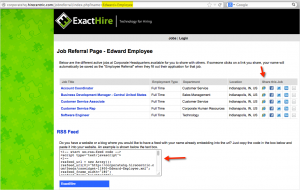



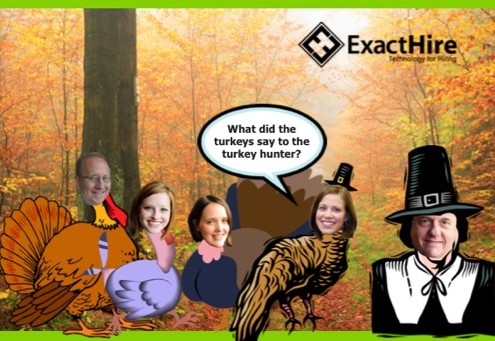
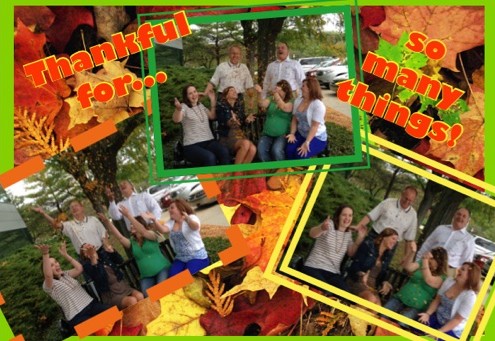
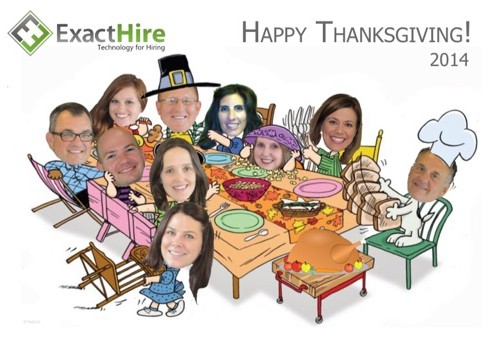


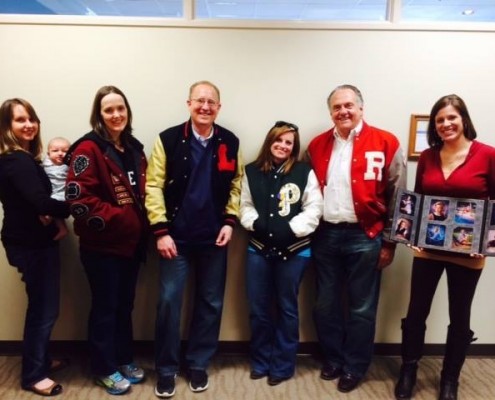
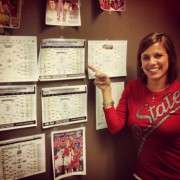 While we certainly don’t stream basketball games from our laptops to the overhead projector in the conference room year round, we do watch the NCAA tournament over a lengthy lunch during a couple of days in March (if any of us care about the teams playing, that is). In addition to dressing up in our favorite team gear (I told you we were into themes, didn’t I?), employees are invited to optionally complete a bracket just for fun. If basketball is a cultural mismatch for your company, consider other spirited competitions such as the World Cup, the Oscar nominations, NASCAR races and the Olympics.
While we certainly don’t stream basketball games from our laptops to the overhead projector in the conference room year round, we do watch the NCAA tournament over a lengthy lunch during a couple of days in March (if any of us care about the teams playing, that is). In addition to dressing up in our favorite team gear (I told you we were into themes, didn’t I?), employees are invited to optionally complete a bracket just for fun. If basketball is a cultural mismatch for your company, consider other spirited competitions such as the World Cup, the Oscar nominations, NASCAR races and the Olympics.